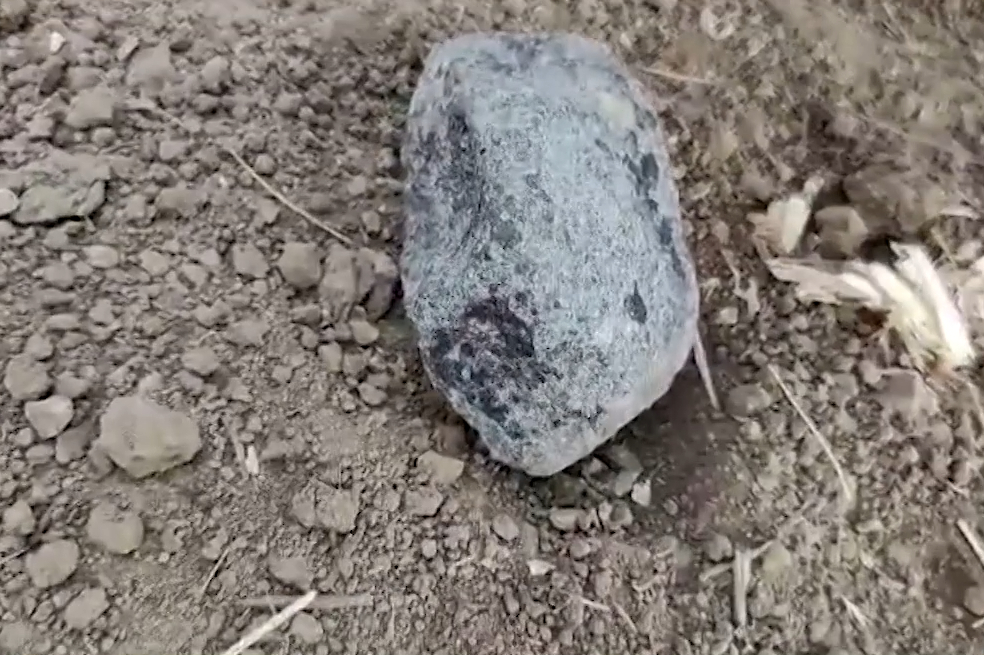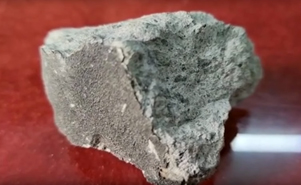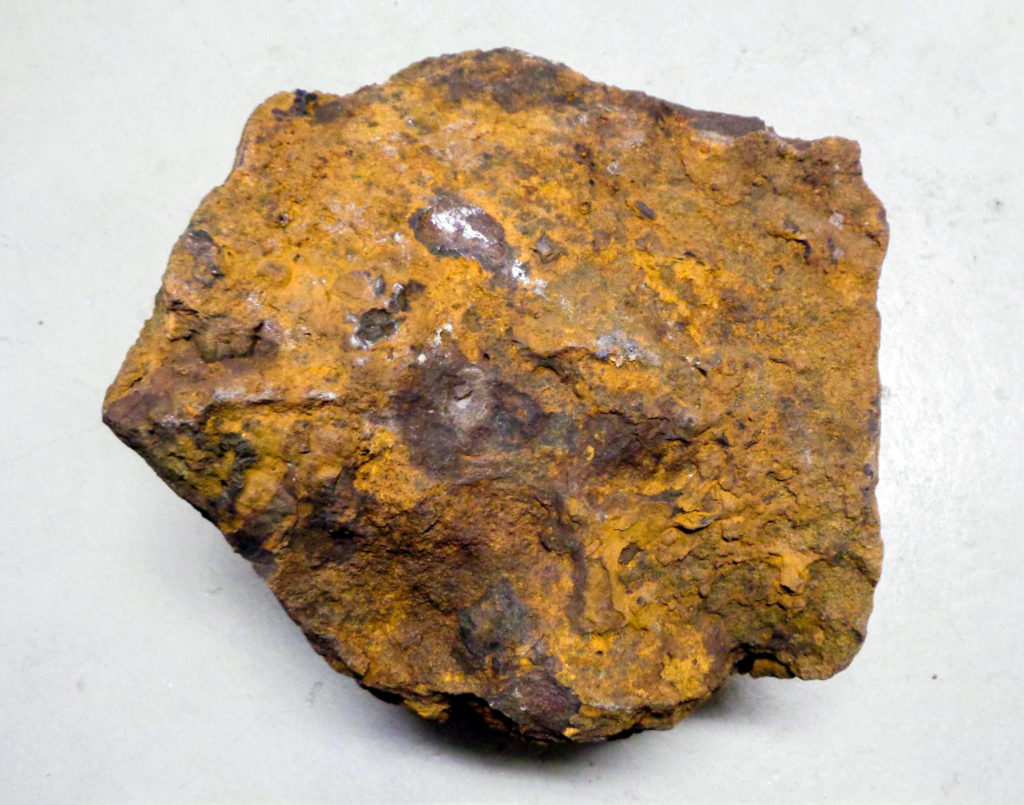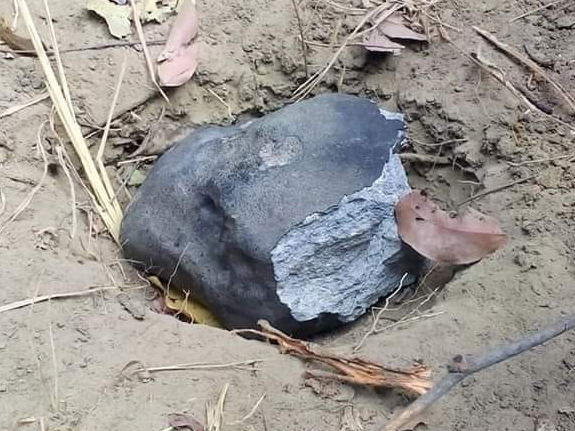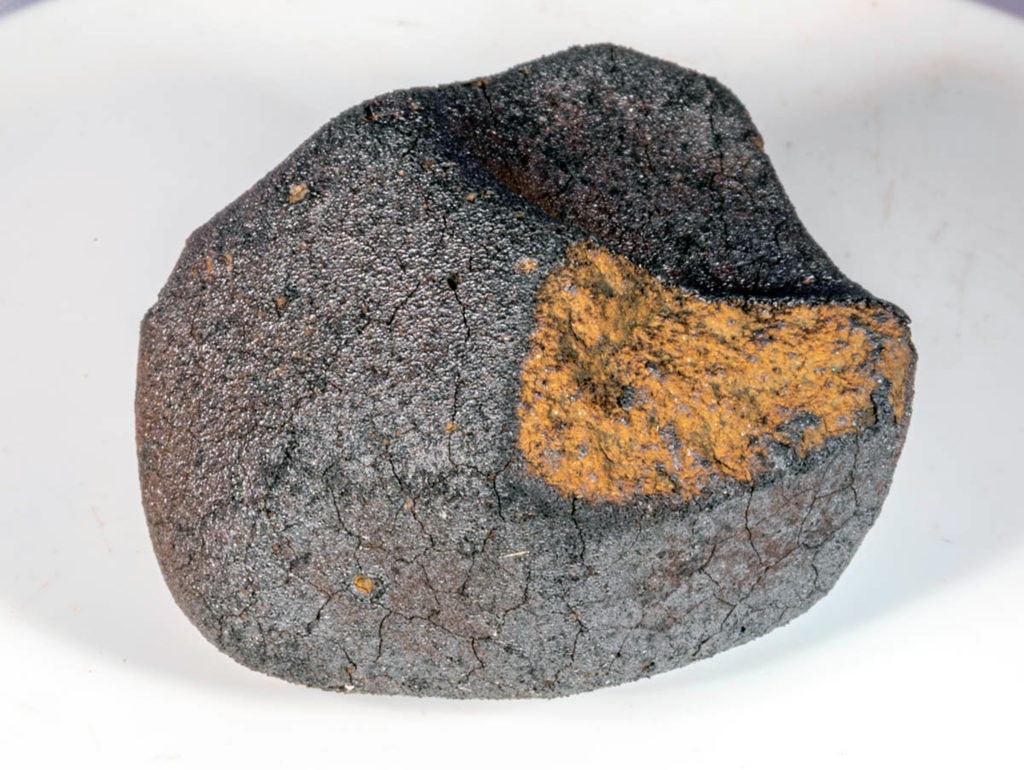Size–Frequency Distribution of Terrestrial Leftover Planetesimals and S-complex Implanted AsteroidsOPEN ACCESS
Rogerio Deienno, André Izidoro, David Nesvorný, William F. Bottke, Fernando Roig, and Simone Marchi
The Astrophysical Journal, Volume 986, Number 2, 12 June 2025
LINK (OPEN ACCESS)
PDF (OPEN ACCESS)
“The isotopic composition of meteorites linked to S-complex asteroids has been used to suggest that these asteroids originated in the terrestrial planet’s region, i.e., within 1.5 au, and later got implanted into the main asteroid belt (MAB). Dynamical models of planet formation support this view. Yet it remains to be demonstrated whether the currently observed size–frequency distribution (SFD) of S-complex bodies in the MAB can be reproduced via this implantation process. Here we studied the evolution of the SFD of planetesimals during the accretion of terrestrial planets with the code LIPAD self-consistently accounting for growth and fragmentation of planetesimals. In our simulations we vary the initial surface density of planetesimals, the gaseous disk lifetime, and the power slope of the initial planetesimals’ SFD. We compared the final SFDs of leftover planetesimals in the terrestrial planet region with the SFD of observed S-complex MAB objects (D > 100 km). We found that the SFDs of our planetesimal populations and that of S-complex MAB objects show very similar cumulative power index (i.e., q ≈ 3.15 in N(>D) ∝ D−q) for slopes in the diameter range 100 km < D < 400 km by the end of our simulations. Our results support the hypothesis of S-complex MAB implantation from the terrestrial planet forming region, assuming implantation is size independent, and imply that implantation efficiency is smaller than (10–2–10–4) to avoid overimplantation of (4) Vesta-sized objects or larger.”


